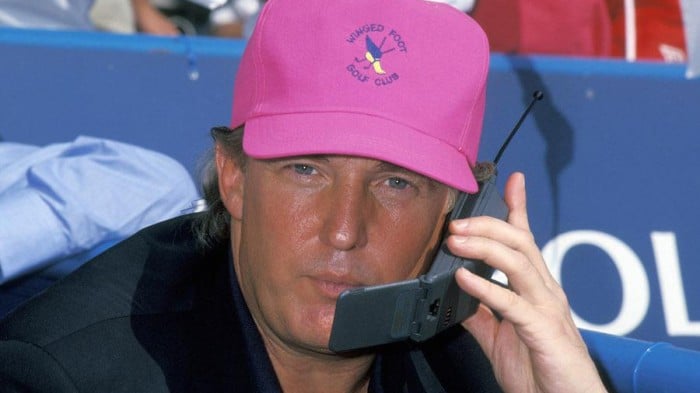The President’s New Smartphone
Today, January 20, 2017, surely marks the end of an era. For today, Donald Trump no longer has his fast-tweetin’ Samsung Galaxy.
The New York Times reports that America’s 45th president has handed in his old cell phone. Instead, he’s now in possession of a “secure, encrypted device approved by the Secret Service with a new number that few people possess.”
Chances are that his newly issued hardware doesn’t do all that much. Last year, Barack Obama appeared on the Tonight Show and mentioned that, after years of toting a BlackBerry while all around him people embraced iPhones, he was given a smartphone.
But, he pointed out, it had been dutifully neutered by security agents. Gone were its camera, texting ability, music playing powers, and… well, pretty much all of its smart features. “Does your three-year-old have one of those play phones? That’s basically the phone I got,” said Obama at the time.
Trump has likely been handed something similar. He may not be too happy about the situation, either. After he won the election, his aides told the New York Times that he had openly discussed his concerns about trading in his consumer-grade handset for something that satisfied the Secret Service.
Partly he was worried about not being able to call his friends. But perhaps most troubling for President Trump: he may no longer be able to tweet from his new phone. Not to worry, though—even if that turns out to be the case, he's already vowed to keep @realDonaldTrump running while he's in office.
(Read more: New York Times, “The Trials of Barack Obama, Gadget Hound,” “The Spies Who Loved iPhones”)

Keep Reading
Most Popular
Large language models can do jaw-dropping things. But nobody knows exactly why.
And that's a problem. Figuring it out is one of the biggest scientific puzzles of our time and a crucial step towards controlling more powerful future models.
The problem with plug-in hybrids? Their drivers.
Plug-in hybrids are often sold as a transition to EVs, but new data from Europe shows we’re still underestimating the emissions they produce.
Google DeepMind’s new generative model makes Super Mario–like games from scratch
Genie learns how to control games by watching hours and hours of video. It could help train next-gen robots too.
How scientists traced a mysterious covid case back to six toilets
When wastewater surveillance turns into a hunt for a single infected individual, the ethics get tricky.
Stay connected
Get the latest updates from
MIT Technology Review
Discover special offers, top stories, upcoming events, and more.